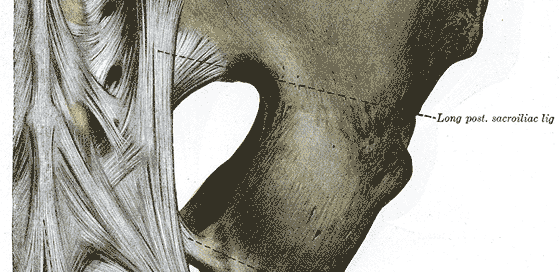
Sacroiliac Joint Injections Treatment
Performed by the award winning doctors in Raleigh, North Carolina
The sacroiliac joint is large and located at the base of the spine, connecting the spine with the hip. Thus, it is responsible for bearing the weight of the patient’s upper body and limbs. As such, this joint only permits a restricted range of motion in order to allow for maximum stability. The sacroiliac joint is a diarthrodial joint and joins the ileum (pelvic bone) and sacrum (base of the spine). The surfaces where the ileum and the sacrum come together are covered with a thin plate of cartilage. The space between them is filled with clear, viscous synovial fluid and is enclosed within a fibrous capsule. Acute events, however, do not account for all cases of sacroiliac joint pain. Previous research has identified a number of characteristics that seem to be associated with an increased risk for developing sacroiliac joint pain. These factors include discrepancy in length between the legs, transitional anatomy, gait and biomedical abnormalities, persistent strain, scoliosis, or even pregnancy.
Sacroiliac Pain Treatments are generally non-to minimally invasive and are conservative in nature.
Use the form on the right to request a call from our Patient Concierge Group.How is a Sacroiliac Joint Injection Performed?

Conditions Related To Sacroiliac Joint Injections

